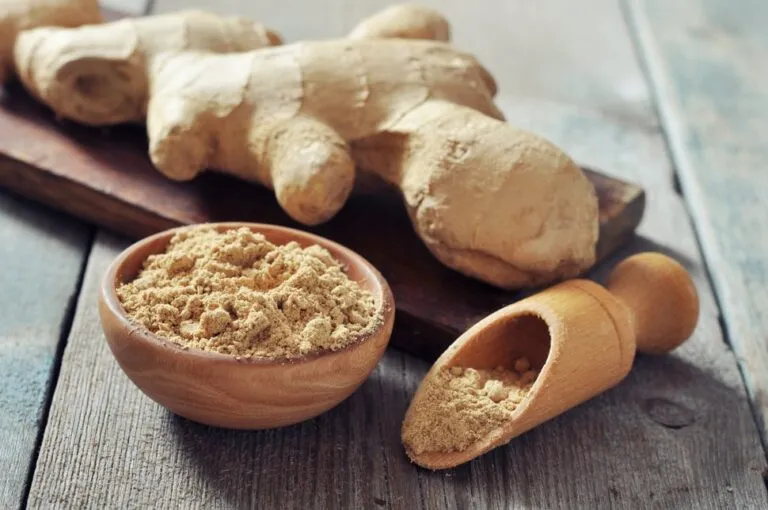Cosmetic Chemical Preservatives
Cosmetics are not a modern invention; ancient women used beautifying products such as Kohl and poisonous lead carbonate for facial beautification. Cosmetics are one of the most demanded products; they come in different forms such as facial creams, mascara, powder, eyeliners amongst others.
Cosmetics require preservatives to last long; this is why they contain preserving agents. A preservative is a synthetic or natural ingredient added to products such as pharmaceuticals, personal care products, and food to prevent spoilage, damage, and degradation. Cosmetic companies are one of those sectors in need of preservatives because of the nature of products they produce. Cosmetic are preserved with both natural and synthetic or chemical preservatives, however, for the purpose of this article, cosmetic chemical preservatives are our major focus.
Cosmetic chemical preservatives are used so products can be produced in large quantity, unlike preservative-free cosmetics which are best manufactured in small quantities and require a special means of storage. Chemical preservatives perform the function of preserving cosmetic because cosmetics are formulated majorly with water-based products; chemical preservatives help in emulsifying the ingredients and give them a good texture.
While they are the most commonly used preservatives in the cosmetic industry, not all chemical preservatives are safe or healthy to use. Cosmetic chemical preservatives include formaldehyde-producing preservatives such as Urea and DMDM hydantoin, parabens, Phenoxyethanol, and ethylhexylglycerin.
Formaldehyde
Formaldehyde is an organic compound used for several purposes. It is originally used in embalming but its producing agents such as Urea and DMDM hydantoin are used in cosmetics as preservatives. For cosmetics preservation, formaldehyde is slightly altered and called formalin. This way it works as a preservative to prevent contamination of cosmetic products.
Low level of formaldehyde is contained in many cosmetic products, however, when used excessively for cosmetic preservation it is considered as unsafe. Formaldehyde is a chemical that occurs naturally in every living plant and animal, however, exposure to high level of formaldehyde-producing preservatives could cause skin sensitivity, asthma, and cancer. Formaldehyde producing agents can be found in nail hardener, shampoos, glues, makeup, hair gel, lotions, and deodorants.
Parabens
Parabens are another cosmetic chemical preservative; they are used in cosmetics to protect against the growth of harmful molds and bacteria in order to protect both the consumer and product. Parabens are used in make- up, mascara, moisturizer and hair care products amongst others.
Like other cosmetic chemical preservatives, parabens are also risky when used, parabens could penetrate into the blood because they can be absorbed, metabolized and excreted, hence disrupting the endocrine system. This makes a high dose of parabens dangerous. Parabens have been related to the cause of breast cancer, testicular cancer, and declining sperm count.
Having identified these chemicals and their potential harm, there has been a clamor for alternatives and the commonly asked question is what the alternatives for these chemical containing cosmetics are
Phenoxyethanol
One of the best alternatives is phenoxyethanol. It is produced by treating phenol with Ethanol Oxydine. These ingredients might not sound impressive but phenoxyethanol is one of the safest and effective preservatives. Phenoxyethanol is a compound of engineered product that aid in retarding the formation of bacterial growth. While each chemical used in producing it could be harmful when used individually, but when combined together they are a beneficial product.
Ethylhexylglycerin
Phenoxyethanol is not the only safe substitute for cosmetic preservation, ethylhexylglycerin is also another alternative. It is a preservative used instead of parabens; it is almost as effective as parabens, less detrimental and safer for human use.
Ethylhexylglycerin is made from glycerin; it is odorless as well as colorless. Ethylexyglycerin prevents natural ingredients in cosmetics from spoiling it also aids in reducing oils and surface tension in cosmetics it can also increase the shelf life of cosmetics.
It is safer because only the right amount of is used as preservation, however; large quantity can be detrimental to health.
Conclusion
When planning to buy cosmetics products, it is best to watch out for their components to avoid buying ones with preservative that could prove detrimental to your health.







